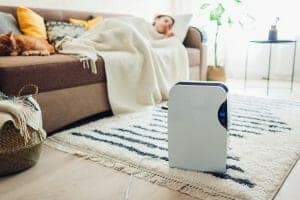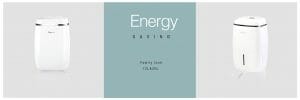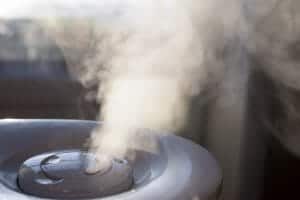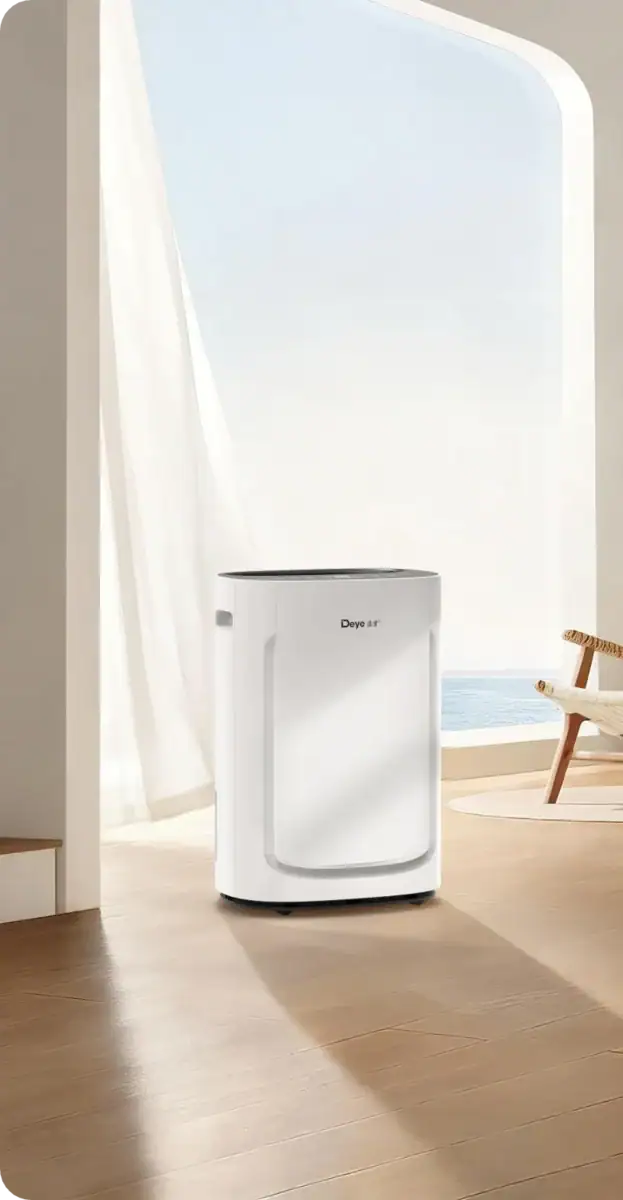Humidity here refers to absolute humidity, that is, the amount of water in the air. The unit is grams per cubic meter.
At a room temperature of 23 degrees Celsius, the air humidity is only 5 to 10% and it will be very dry, and even dry to static electricity, the cat will be afraid of reaching out. Because of the low water content of the air, viruses and bacteria can easily float in the air and enter our nasal and oral mucosa. This is also the humidity at which respiratory diseases such as pneumonia and influenza are most easily transmitted.
As the humidity increases, viruses and bacteria begin to settle. When the humidity reaches 50% to 60%, it enters the most comfortable humidity area of the human body.
Why are spring like all seasons in some areas? Because it is not only suitable for temperature. Humidity often falls in this range.
When the humidity increases to 70%, it reaches the mold’s favorite humidity range, and there is a high chance that the walls and clothing will begin to mold. Our close-fitting clothing will become uncomfortable due to the increase in friction caused by the increase in water volume. Even if the temperature is still 23 degrees at this time, we will feel sultry.
When the relative humidity reaches 100%, it reaches 23 degrees, the upper limit that the air can hold.
At this time, the water will condense into droplets, so the percentage of relative humidity is like telling us the percentage of water saturation from the air at this time.
And as the temperature rises, the amount of water that the air can hold will increase. The temperature goes from low to high, and the water holding capacity of the air becomes larger and larger like a bottle.










